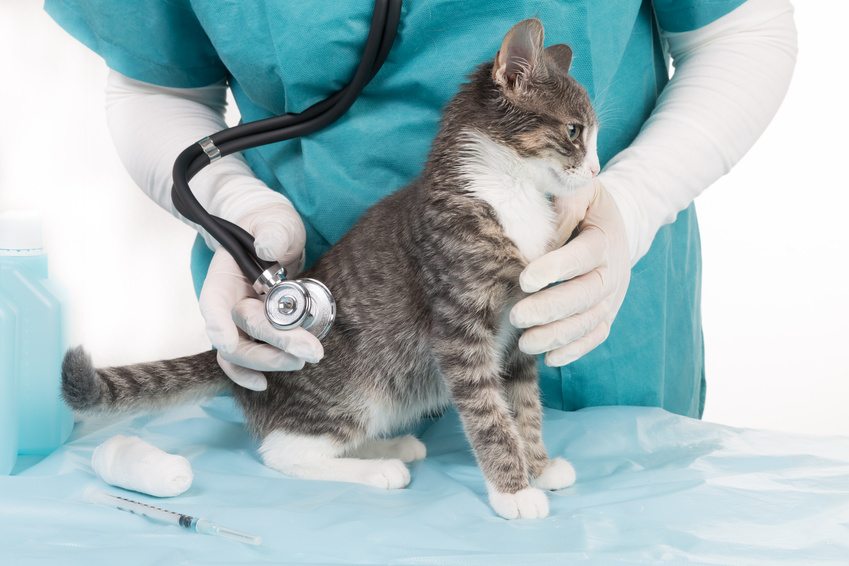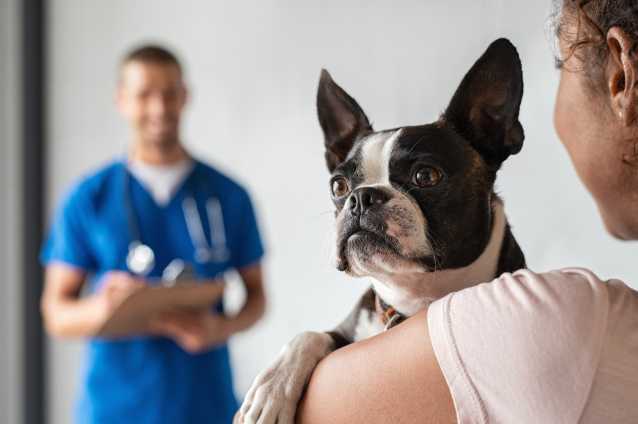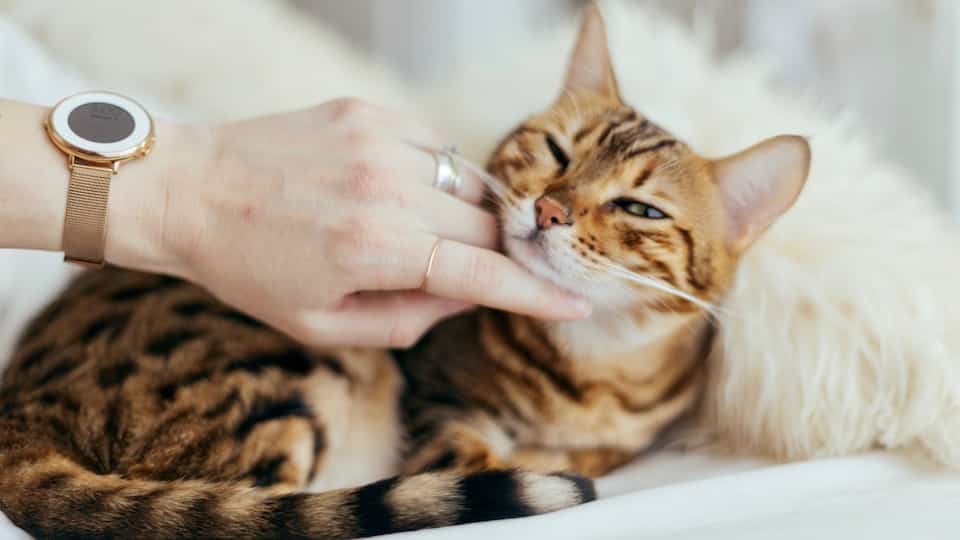Cats and diseases
Cats and important diseases for these.
Cats and renal insufficiency.
Cats have two kidneys like those of the human being. The manufacture of urine is done in stages and requires the intervention of one million small functional units (nephrons). Some substances such as metabolic waste such as urea, medications, food dyes and additives must absolutely be eliminated so that the caps of cat cells remains healthy. Other substances are useful for the operation of the cells, but accumulate in amounts that can be excessive, such as sodium, potassium and many others. It is the nephrons that eliminate the excess of these substances by allowing the formation of urine and by the same to help maintain a normal blood composition and to establish a good balance between liquids and minerals.
Cats and diseases during their aging people undergo a destruction of some of the nephrons that are no longer replaced, but when there is an additional destruction of these functional units it is then renal disease.
Renal disease is a frequent disease in cats. Many factors can be at the origin of the malfunction of kidneys as an infection, cancer, etc.
When cats are healthy, they have a large amount of nephrons. So when a diagnosis of infections is detected early the treatments are very effective for chat healing.
Here are some symptoms that cats can have renal infection: lack of vigor, enthusiasm, weakness, decreased appetite, vomiting, diarrhea and consecutively a weight loss.
Cats and urinary calculations.
Urinary calculations are a fairly common infection in cats. Different types of calculations can be observed. This infection is due to the formation of crystals of variable sizes in the urine which cause the obstruction of the urethra. When cats try to urinate, a strong pain felt. Here are some types of calculations encountered in cats: urates, struvite or phospho-ammonic-magnesian calculations, cystins, calcium oxalates, etc. When cats have symptoms of infections it is very important to consult a veterinarian as soon as possible. Here are some symptoms: Difficulty urinating: cats are placed in position to urinate, but little or no urine is emitted, cats can even yow when they try to urinate, because it is very painful. Traces of blood can be observed in the urine of cats suffering from a urinary infection.
Cats and diabetes.
Cats can have diabetes just like the human being. Symptoms of hypoglycemia are: excessive thirst, abundant urine, weakness and lack of energy. The cat seems to have vision disorders, a weird attitude, as well as difficulty moving. It can even have convulsions. If you observe one or more of these symptoms, you must consult a veterinarian immediately for the health of your cats.
Vomiting is very common in cats. They are due to hair balls (trichobezoards) that form in the animal stomach. Laughing, their tongue pulls the loose hair from their coat, these are then swallowed and accumulate in the gastrointestinal tract. This indigestible material becomes a trichobezoard or a ball of hair that can hinder the digestion of your cat.



